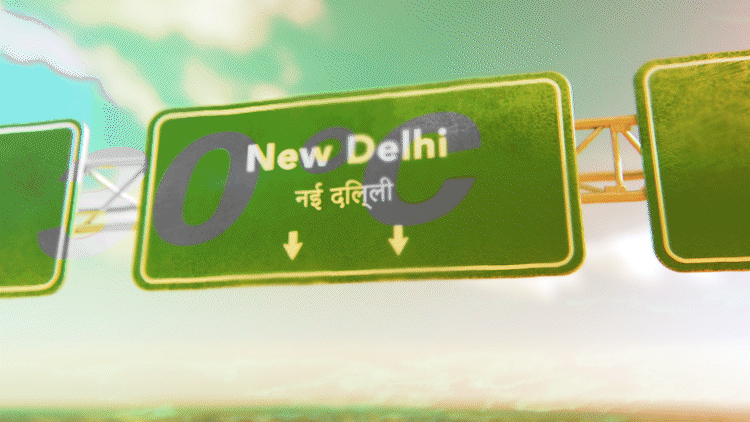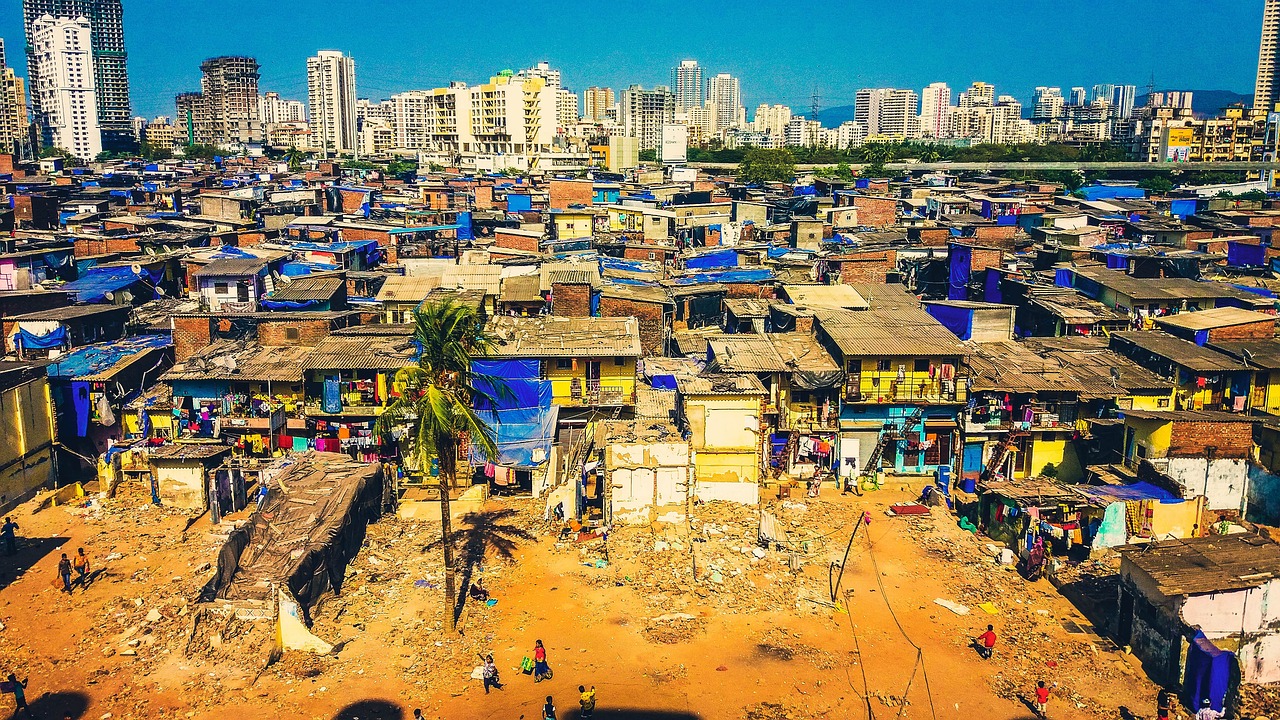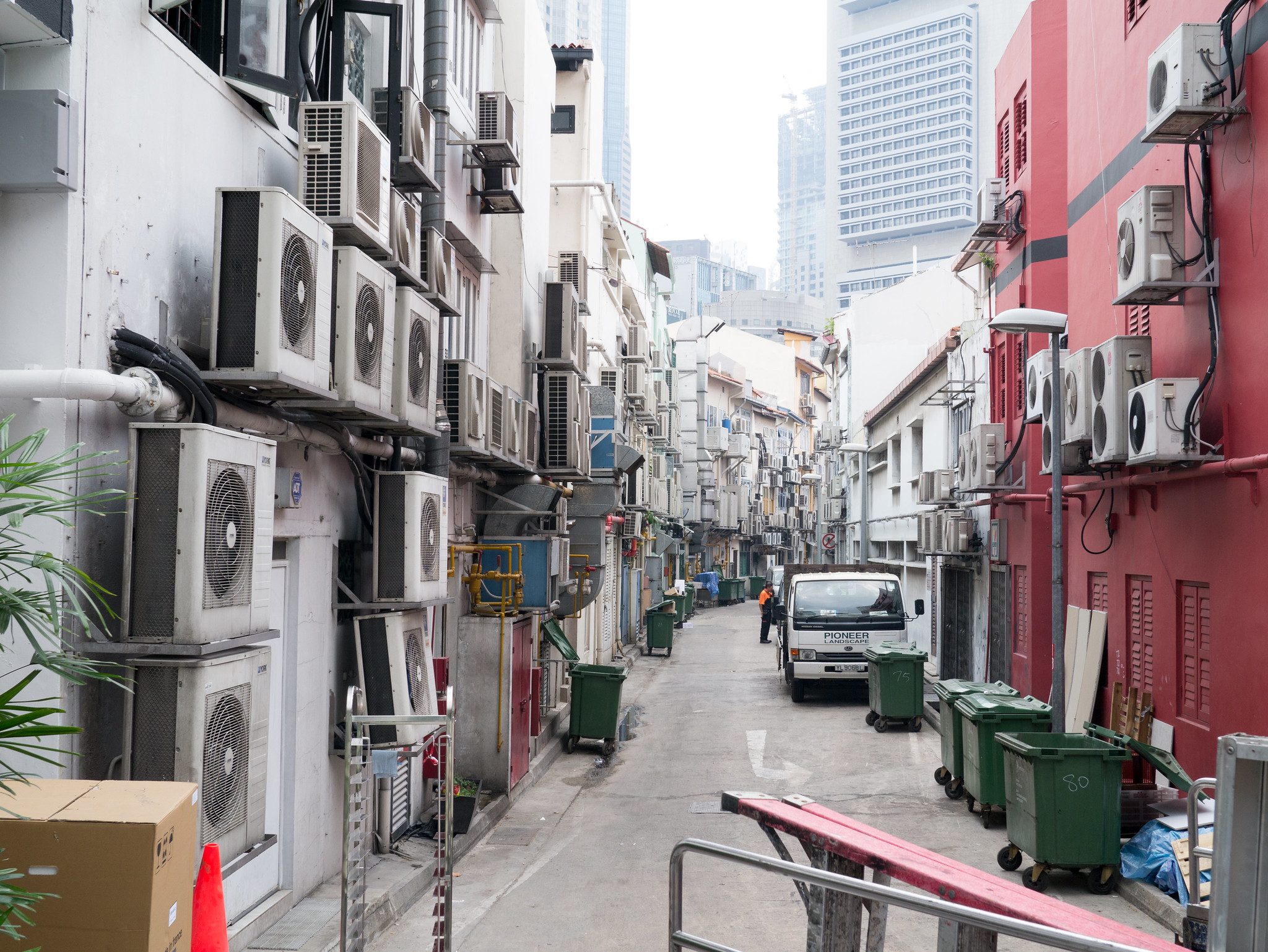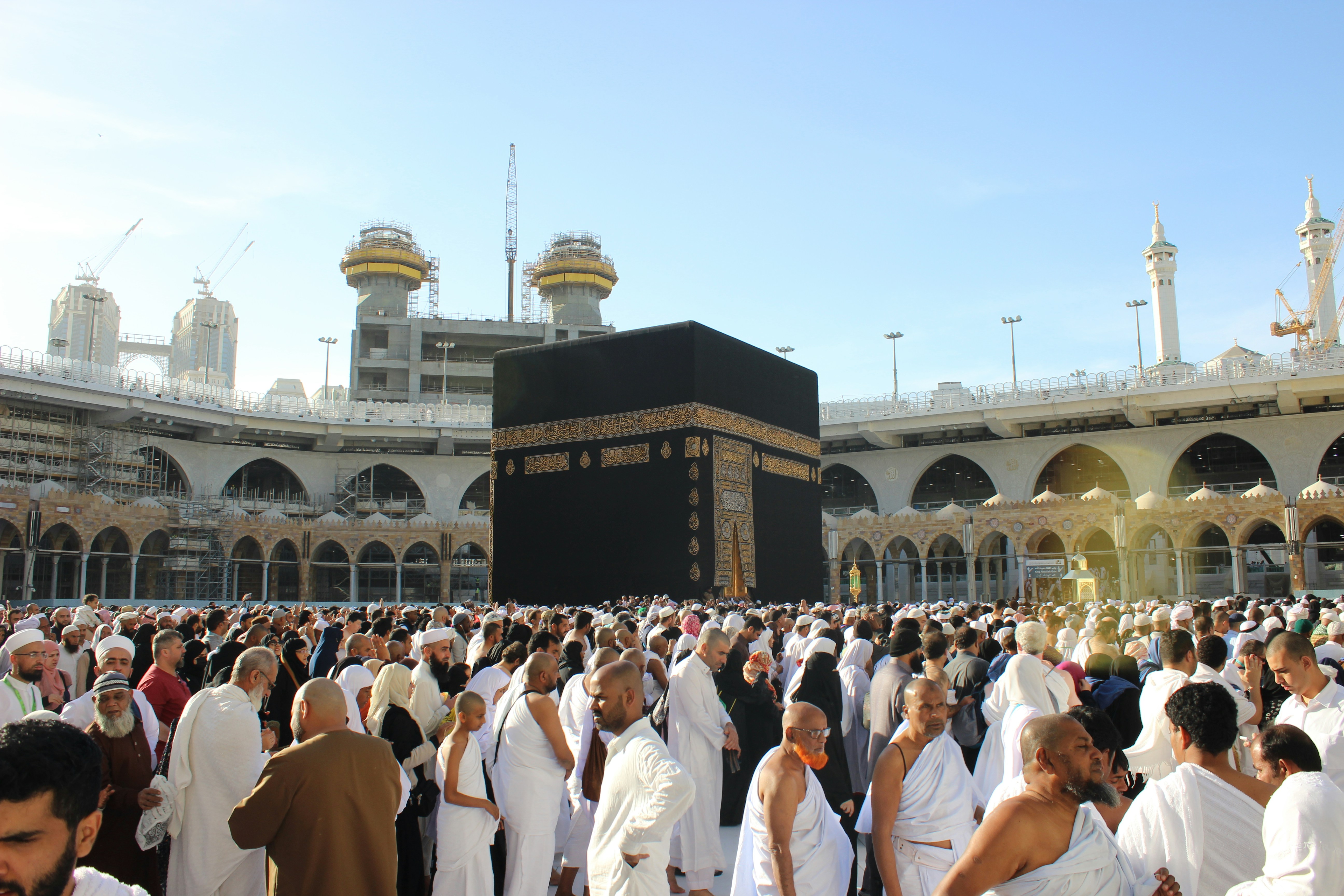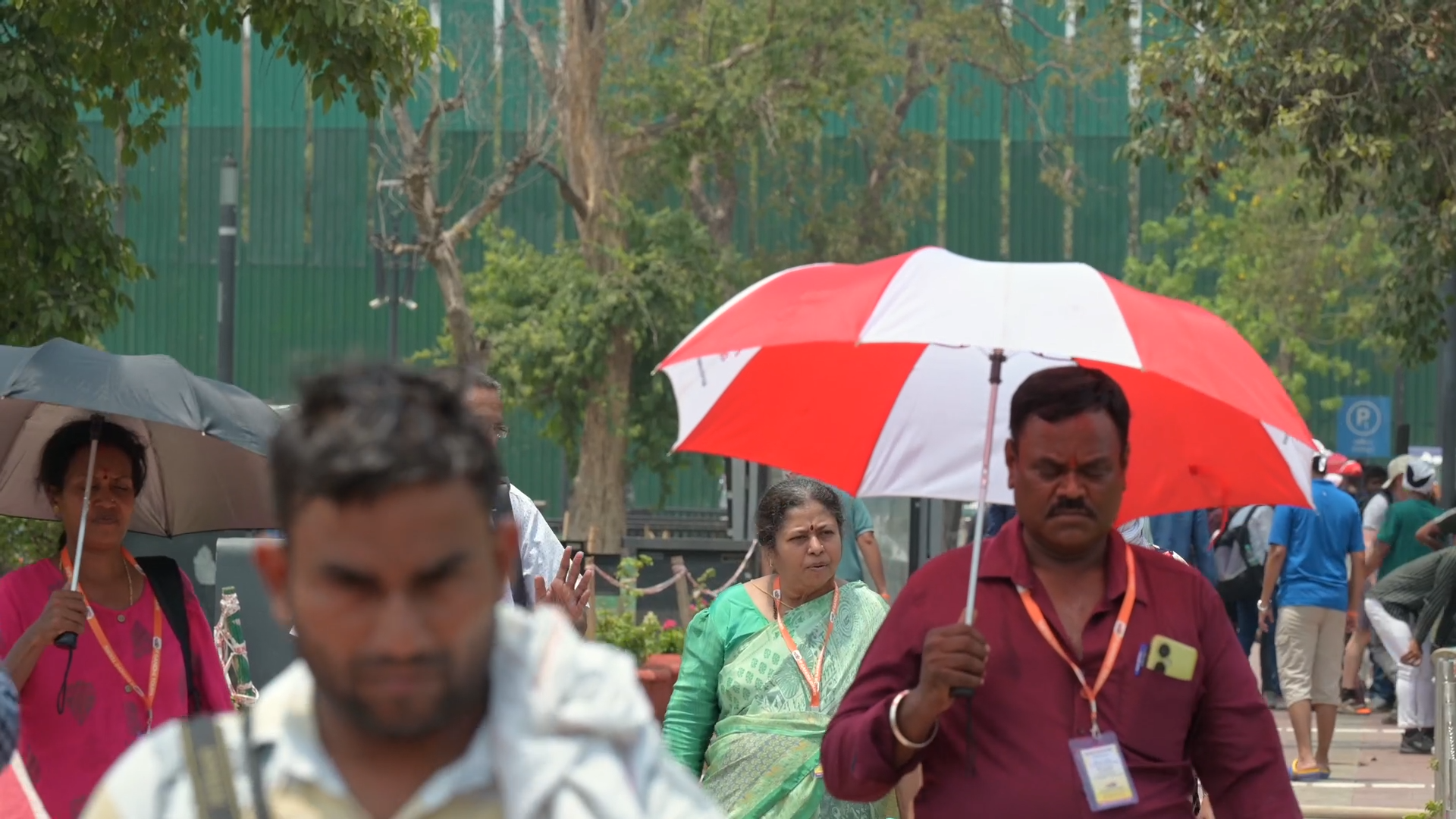Securing cities from future heat effects requires a fictional reality which can become a future truth.
 In the long term, a city life structure like Delhi is not sustainable if heat waves and climate disasters increase. : Ibrahim Rifath Unsplash
In the long term, a city life structure like Delhi is not sustainable if heat waves and climate disasters increase. : Ibrahim Rifath Unsplash
Securing cities from future heat effects requires a fictional reality which can become a future truth.
The story of urban heat is a story of pleasure and pain.
Entering the cool confines of an air-conditioned room from the blazing summer heat is the definition of pleasure. But this masks a story of pain, of human-induced climate change coupled with unbridled growth and energy consumption.
This energy consumption, ironically, contributes to the climate change which ensures India’s heatwaves intensify.
New Delhi’s temperatures in the last week of May reported a maximum of 52.3 degrees, the highest recorded in India, beating India’s all-time record of 51.
Securing cities from future heat effects requires a fictional reality which can become a future truth.
Cities like Delhi, which are more prone to heatwaves, have to be prepared for a daily peak electricity load demand of around 8 gigawatts (GW) in the summer of 2024.
The perpetual need to sustain urban civilisational behaviour of energy consumption through energy-efficient (or inefficient) air conditioners in urban heat islands accelerates this continuum of pain and pleasure.
Given India’s net zero emissions commitment by 2070, Delhi, which is both victim and creator of urban heat islands and heat effects from human-induced climate change, is forced to think of procuring power from renewable energy sources to address this peak 8GW demand.
This marks the paradox of unrestrained energy consumption to meet the needs of a sweltering, heatwave-laden Delhi summer.
Keeping it renewable
The onus of supplying electricity by procuring from renewable energy sources falls upon the loss-making power distribution companies, also known as DISCOMs. Delhi is no exception.
In Delhi, distribution companies such as Tata Power Delhi Distribution Limited (Tata Power DDL), Bombay Suburban Electric Supply (BSES), Rajdhani Power and BSES Yamuna Power have to make arrangements for sourcing renewable energy-based electricity to meet the rising electricity demand.
Tata Power has a consumer base of 1.9 million people whereas Bombay Suburban Electric Supply (BSES) has 25 million residents in South, West, East, and Central Delhi.
Wherever the peak demand goes up due to higher air conditioning consumption during summer, it creates a higher propensity of urban heat effect as it facilitates higher energy consumption in cars and buildings through air-conditoners which leads to urban heat island pockets.
For this to continue complemented by renewable energy sources, the loss-making distribution companies get into long-term power purchase and banking arrangements with neighbouring states to supply power to Delhi to tide over the heat waves of summer.
Through a power-banking arrangement, Delhi’s power companies ensure 670 megawatts (MW). Around 2100 MW of green power is sourced from solar, wind, and waste-to-energy sources.
Of the 2100 MW of green power, 888 MW comes from solar, 500 MW from wind and 40 MW is generated from Waste-to Energy, and 160 MW of roof-top solar is installed on roof-tops which will also be utilised to mitigate the peak load demand of the summer months.
The question is whether these sources are enough to reduce Delhi’s fossil fuel-based electricity consumption.
The answer is no.
Rising energy consumption behaviour and peak energy demand needs to be complemented by battery energy storage systems but that also adds to the cost of supplying power and electricity and might not always be viable for ailing power distribution companies or cost-friendly for the consumers.
The good news is that Delhi already has its battery storage systems at Rohini and Rani Bagh and promises support in providing continuous and reliable power to key customers during any exigencies in summer.
Regulatory approval has also come for electricity to be provided by Bombay Suburban Electric Supply Rajdhani Power Limited, complemented by battery storage systems. The project has been possible due to loans given at a concessional rate and equity provision to meet the viability gap.
However, the cost economics of battery storage-driven power supply by power distribution companies across various Indian cities still needs to be worked out.
According to many, pumped storage works better than battery storage systems. Some successful battery storage system-driven power purchase contracts are operational where concessional loans were given to set up the battery storage systems by power distribution companies. However, there is no definite answer to this problem.
Heat effects in peak Delhi summers can cause situations for which mobile distribution transformers, additional staff, dedicated round-the-clock teams, and supply restoration infrastructure for sub-transmission systems have to be created. All of these would mean additional costs and investments which can be a challenge for loss-making power distribution companies.
Alternative futures
Orienting economic activities and demand systems towards unbridled growth drives this unsustainable energy consumption behaviour. A radical push — a complete shift in social and economic systems — is required to break out of this unending cycle.
In the long term, a city life structure like Delhi is not sustainable if heat waves and climate disasters increase. With the rise of such climate events, Delhi cannot afford to continue its behaviour of raising heat islands through rising air-conditioner loads.
New forms of city lifestyles, value systems, social nudges for reduced energy conservation and nature-conserving behaviour by preserving trees and lakes have to be worked out.
Motor vehicle traffic can be reduced by pushing a degrowth-centric city lifestyle which incentivises community-based ways of life that enable energy and nature conservation by incentivising it for the citizens on a larger scale.
The introduction of complementary currency systems for mitigating heat islands is another answer to the rising summer of Delhi.
Incentives such as a complementary currency system where citizens who help reduce heat effects can use this for the exchange of goods and services to create a society which has an optimal amount of heat effects or heat islands.
In Belgium, Japan and Luxembourg, some of these currencies are implemented in regional communities for ecological restoration, nature conservation projects and to foster future learning. Scope of such experimentation also lies in implementing ecological projects which can reduce heat effects in cities like Delhi.
While this may sound like fiction, it may take such radical departures or fictional realities to keep cities safe from future heat effects. COVID-19 rescued nature from us for some time in the recent past through just such a fictional reality which became a truth for some time.
Professor Anandajit Goswami is a Research Fellow with the International Foundation for Research and Education, Ashoka Centre for People-centric Energy Transition, Ashoka University, and has been a Director at School of Behavioural and Social Sciences, Manav Rachna International Institute of Research and Studies. He obtained his PhD in Energy Policy from TERI School of Advanced Studies and Masters in International Trade and Economics from Jawaharlal Nehru University.
Originally published under Creative Commons by 360info™.


